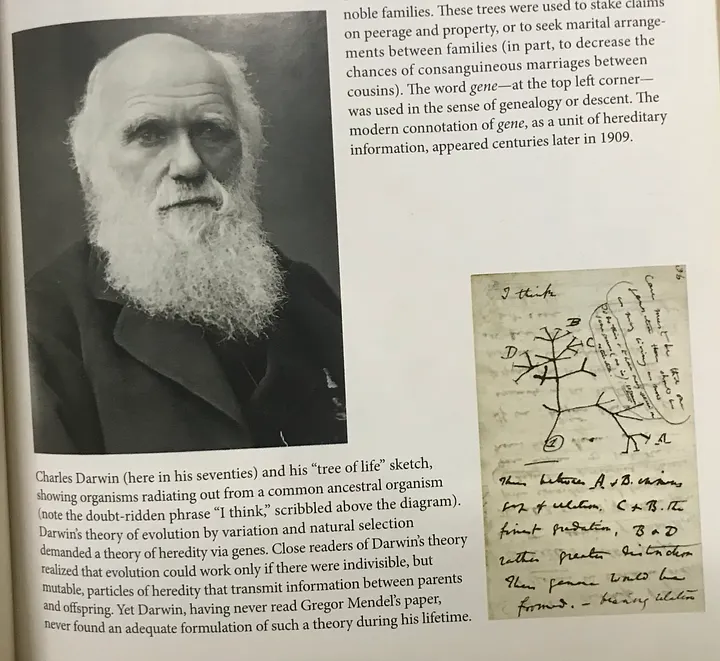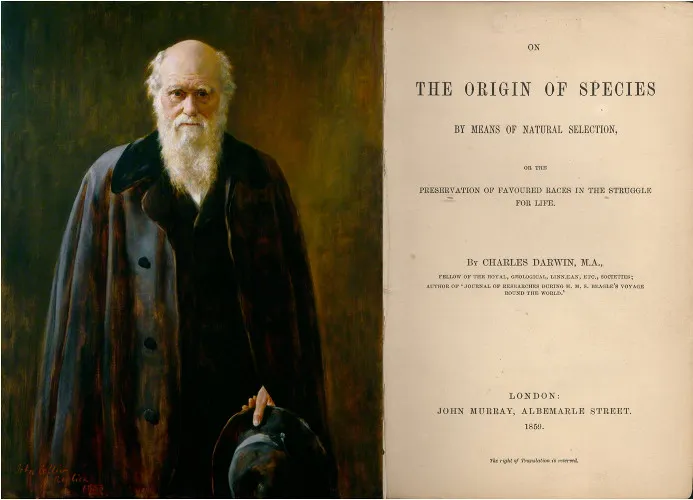Darwin Day
Sexual Selection ensures that dudes get fancy dresses.

(In Fig: Male Grandalas are blue and Females are the brown or grey ones.)
Darwin, in a letter, wrote to Asa Gray, “The sight of a feather in a peacock’s tail, whenever I gaze on it, makes me sick!” The seeming impossibility of explaining the gorgeous but impractical long tail of peacock had been bothering him for some time. He was so curious to know what causes the sexual differences which require some degree of self-consciousness in the males, as weapons by which they fight for the female, or ornaments that attract the opposite sex.
His previous theory of ‘Natural Selection’ could only operate to spread a particular feature through a population, no matter how advantageous it might be if the individuals who possessed it, managed to breed and pass it on. Sexual differences between male and female of the same species had bothered him for a long time.
But what are the apparent differences between the sexes? As it’s been observed, exotic colour in insects and birds, ornaments like ruffs and crests, the longer manes in male humans, Antlers or horns being so much smaller, or completely absent in some female deer or cattle, the contrasting bright and drab plumage of so many male and female birds and butterflies.
After a long period of observation, he came with the idea of Sexual Selection. It’s a mechanism operating alongside natural selection which determines the sexual difference between male and female of the same species. It is a mechanism of two parts — involving physical adaptation in males, but also the aesthetic sense in females, which in many cases played a crucial role in selecting males.
“The essence of Darwin’s disruptive genius was his ability to think about nature not as facts— but as a process, as progression, as history,” Mukherjee writes. Darwin’s genius was the awe-inspiring idea of Natural Selection. On December 27, 1831, he circumnavigated from Plymouth, England on HMS Beagle and headed towards Cape Verde to reach the shore of his intimate inquisitiveness surveying expedition of the southern Atlantic and Pacific oceans. As a scientist-in-training his never-ending thoughts of collecting, observing and noticing anything worthy to be noted made him sail the boat for five long years across many islands. During his journey as he writes in his book The Origin of Species, that he strongly felt lonely, nauseated, and dehydrated at times while surviving on a diet of dry raisins and bread. He kept believing in and reminding himself to stay calm and mentally healthy to avoid any propensity for impatience, inaccuracy and misery. As the journey went on, the expected evolutionary biological traits perplexed and thrilled him with joy and confidence, that he began writing and scribbling in his notes and journals. He observed and drew finches, penguins, birds, animals encountered throughout his journey. After five years when he returned to England, his drawings were the evidence of his proposed groundbreaking scientific work and the profound idea of natural selection that he almost had formulated and thoerised. But he was wary to reveal his collection and theories as they were completely contradicting the existed biblical narratives on the origin of species. He writes, “In natural selection, organisms with genetic variations that suit their environment tend to propagate more descendants than organisms of the same species that lack the variation, thus influencing the overall genetic makeup of the species”. Later on, this idea solved many underlying and lurking religious orthodox, biblical stories, biological mysteries and puzzles.

The gene — An intimate History’ by Siddharth Mukherjee In his drawing, there was no centre (as in Christianity, God firmly is placed at epicentre: all animals, created by him sprayed outward from the moment of creation). The thirteen types of finches he drew were not created by some divine whim, but by “natural descent” — cascading downward and upward from an original ancestral finch, he asserted.

A portrait of Charles Darwin and Title Page of ‘The Origin Of Species
Later, on November 24, 1859, his first book “The Origin of Species” endorsing the theory of Natural Selection and the fundamentals of biological evolution was published. His theory that time was not formally accepted as it was very challenging to the previously acquired wisdom of humankind. It took a while for our society to accept the scientific challenges Darwin made based on the shreds of evidence he collected, a life span he spent and devoted to observations, understandings and pursuit of science. His theory received a general acceptance around 1882, after 52 years of social struggle, almost when Darwin had the last moments of his gratifying endeavour and the invaluable contribution he made to the scientific societies.
After he received a good amount of acceptance (validation) to his theory, postcolonial societies led by industrial revolutions extracted a set of ideologies as ‘Social Darwinism’ to define social, political and economic views when imperialism, racism and inequalities were breeding at an immense rate in the society. Darwins’ theory of evolution and Social Darwinism are two different theories where the former is a biological evolution that progresses by sharing biological traits genetically and the later is a societal change that shares morality, intelligence, strength, frugality and many more. Darwin completely despised the transferring-evolution of social values developed by humankind through generations.

Photo: Westminster Abbey Library As an afterthought, he added “I think” above the page, as if to signal is the last point of departure from the mainland of biological and theological thoughts. His proposition “I think” above societal incongruity that all species have descended from a common ancestor is now a fundamental concept in science and the idea of survival “Natural Selection: endless forms and most beautiful and most wonderful have been, are being, evolved” is the grassroots of evolutionary biology.
==Sometimes we need to really challenge our collective accepted wisdom in order to move forward. Because as long and as much time any theory or wisdom takes to transcend the physical time and persists in society, it gets harder and harder to challenge them and invalidate its gravity.==
Science and Technology continuously have been advancing with the progressiveness of society and research but in molecular and evolutionary biology Darwin’s genius and ideas have always remained central to the field.
Note: The following (“A beautiful flock of grandalas!”) contrasting colours and subtle differences were also studied by the Handicap Principle supported by many Evolutionary biologists, and is why peacocks have such long tails, even though they are a burden for flight and evading predators.
Enjoy Reading This Article?
Here are some more articles you might like to read next: